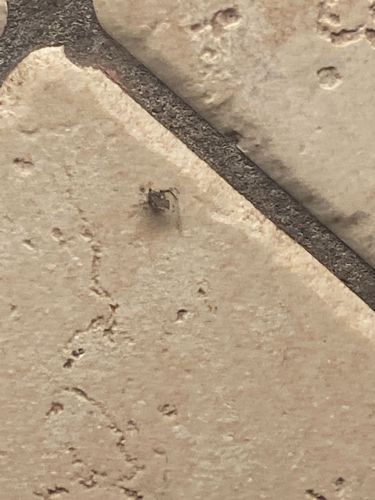Jumping Spider
Scientific Name: Various species within the family Salticidae (e.g., Phidippus audax)
Order & Family: Order: Araneae, Family: Salticidae
Size: Typically 1.5 to 18 mm (0.06 to 0.7 inches) in body length, depending on the species.

Natural Habitat
Jumping spiders are found in a wide range of habitats, both indoors and outdoors. They are commonly found on walls, fences, plants, and in leaf litter. Indoors, they may be found on windowsills, ceilings, and in corners, often in sunny spots.
Diet & Feeding
Jumping spiders are predators, feeding on a variety of small insects and other arthropods, including flies, mosquitoes, crickets, and other spiders. They visually hunt their prey.
Behavior Patterns
Jumping spiders are active hunters, relying on their excellent vision and powerful jumping ability to stalk and pounce on prey. They do not build webs for catching prey, but rather use silk for safety lines, draglines, and to construct small silk retreats for molting, resting, and egg-laying. They often perform elaborate courtship dances.
Risks & Benefits
Generally beneficial as they prey on household pests like flies and mosquitoes. While they can bite, their venom is not considered medically significant to humans, and bites are rare and usually cause only mild, localized reactions similar to a bee sting. They are not aggressive towards humans.
Identified on: 8/24/2025